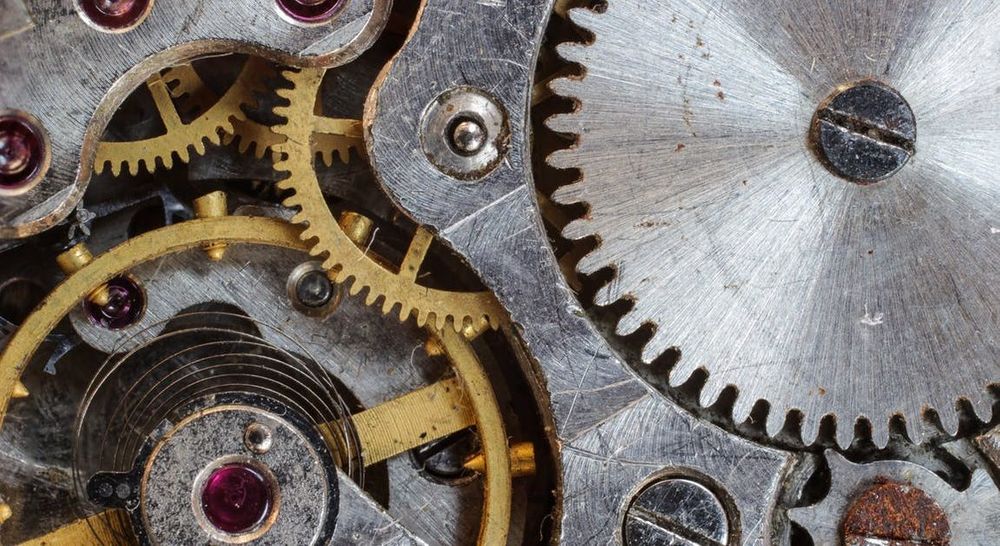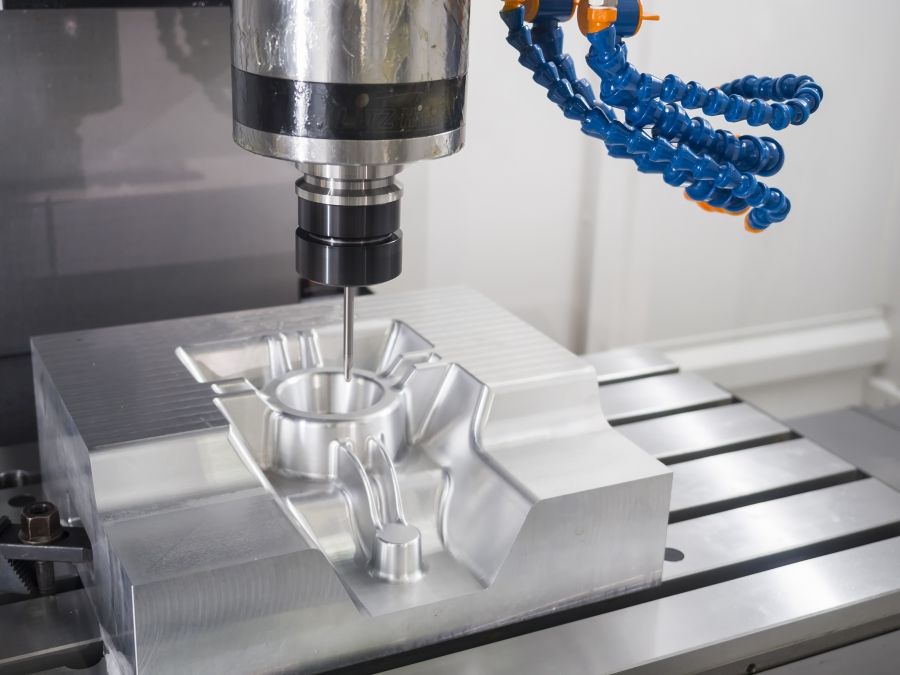Between 2015 and 2024, the CNC machining industry is expected to almost double in value from around $53 Billion to over $93 Billion globally. Advantages of using precision machining equipment like CNC machines – computerized machine tools like lathes, mills, routers, and grinders - results in less human error while increasing overall production efficiency. Precision machining is a common term used in various types of manufacturing. It’s defined as a way or process to remove excess material from a product, while keeping the work-in-progress within acceptable tolerances. Next, we examine some innovations in precision machining that continue to drive its adoption.
Using Additive Manufacturing for Prototyping
Traditional CNC machining calls for a block of material to be cut away and precision-machined to meet its proper specifications and tolerances. On the other hand, additive manufacturing a.k.a. 3D printing, combines materials to build a finished project. While precision machining is still the preferred machining choice for mass-manufactured parts, additive manufacturing can be implemented at a lower cost for prototyping and sampling. This is due to the lowering costs of 3D printing and reduction in material waste.
And now 4D printing is emerging, allowing for advancements in engineering design that can impact the field of precision machining. 4D printing technology 3D-prints solid components that are programmed to change into different shapes when affected by environmental parameters such as temperature, light and humidity. This kind of technology can enable the efficient printing of complicated parts that may expand and change in various situations. Using flexible materials and more precise software engineering, the application possibilities are almost limitless – from expandable airway splints for infants, to machining a flexible metal fabric for the air and space industries, used to shield a spacecraft from meteorites.
Implementing Collaborative Robots
Another innovation that has been a great addition to the precision machining market is the implementation of smart, collaborative robots. This adoption can be found in the form of robotic arms integrating with CNC machines and human workers, to retrieve or place materials at various locations, as well as help coordinate cycle times and finishing operations. Collaborative robots a.k.a. cobots, are programmed to be safe to run independently near people. This is because safeguards are built in that are speed- and force-limited, stopping the machine when it is no longer in contact with an object. Also, advancements in merging cobots, vision and AI (artificial intelligence) technologies assist in ensuring exact specifications are met while maximizing machine-floor output.
Ultra-Precise Software
In recent days, developments have been made to greatly enhance the accuracy and programming functionality in ultra-precision machining. When we talk about high-precision and ultra-precision machining, we are talking about machining parts tolerances of single-digit micron ranges and sub-micron ranges respectively. As an example, advancements in ultra-precision machining have been applied in the optical market, with the capability of designing and transferring optical surfaces to machine tools. NanoCAM4 software is being touted as an ultra-precision programming software package that is newer to the market. With improved form accuracies and direct importing of raw CAD data, the output possesses superior smooth form and surface definition. As Bob Cassin, Nanotech’s Vice President of Sales and Marketing adds, “Markets like mobile, AR/VR/MR, imaging and automotive lighting are innovating quickly, and we are seeing more requirements for free-form optical elements.” This evolution is an example of market need pushing precision machining towards better innovations.
Applying Smart Manufacturing
Another area of manufacturing that is having a positive effect on precision machining is smart manufacturing. Smart manufacturing consists of computer-integrated manufacturing and high levels of adaptability, coupled with rapid design changes and digital information technology. The scope of smart manufacturing covers a broad range, including a combination of facets already discussed. This includes manufacturing facilities that possess equipment capable of processing big data, industrial IOT (Internet of Things) devices and services – plus advanced robotics.


